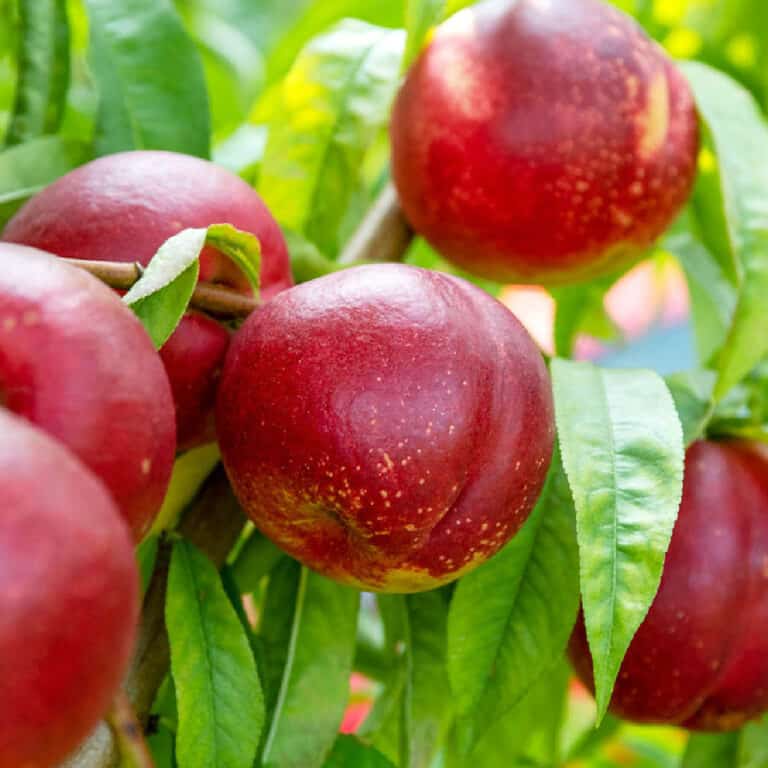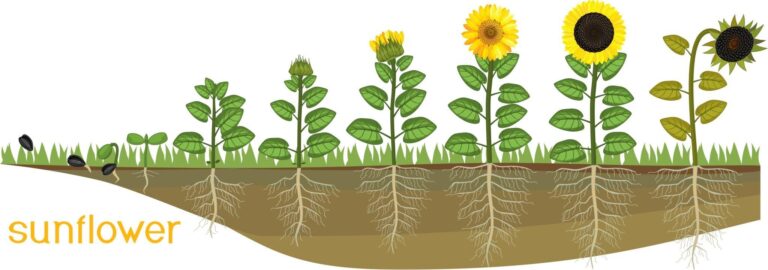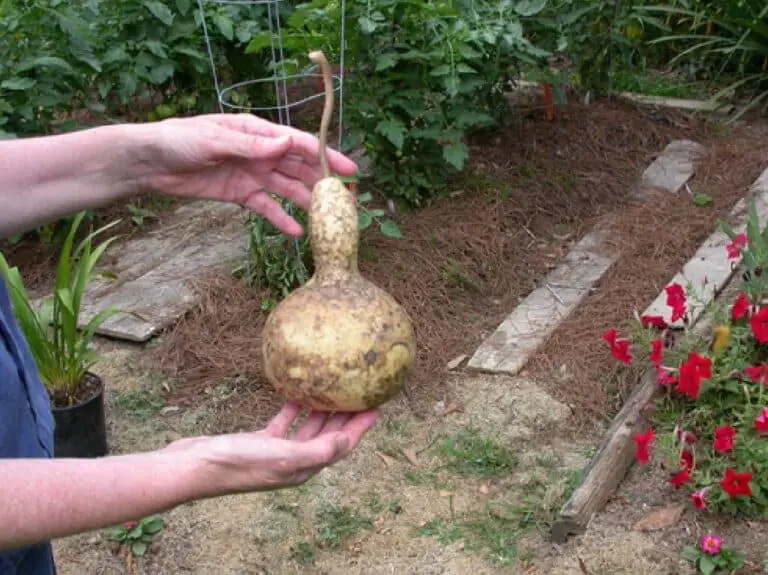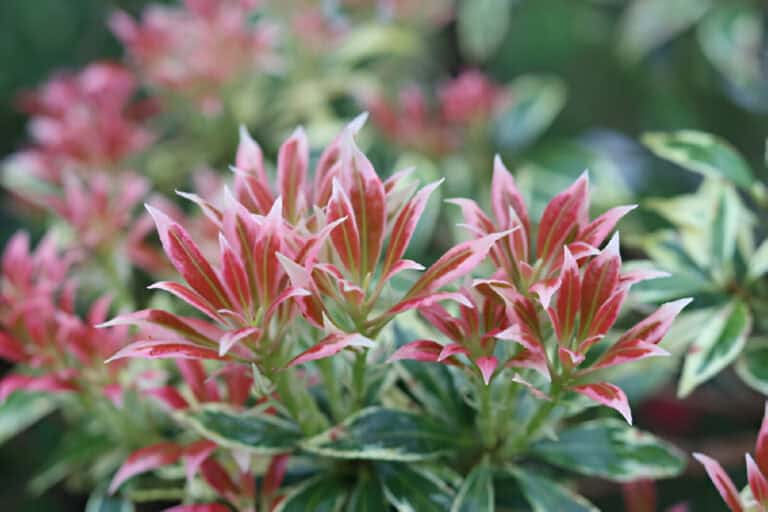Do Cucumbers Grow Back Every Year? Exploring the Lifespan of Cucumbers
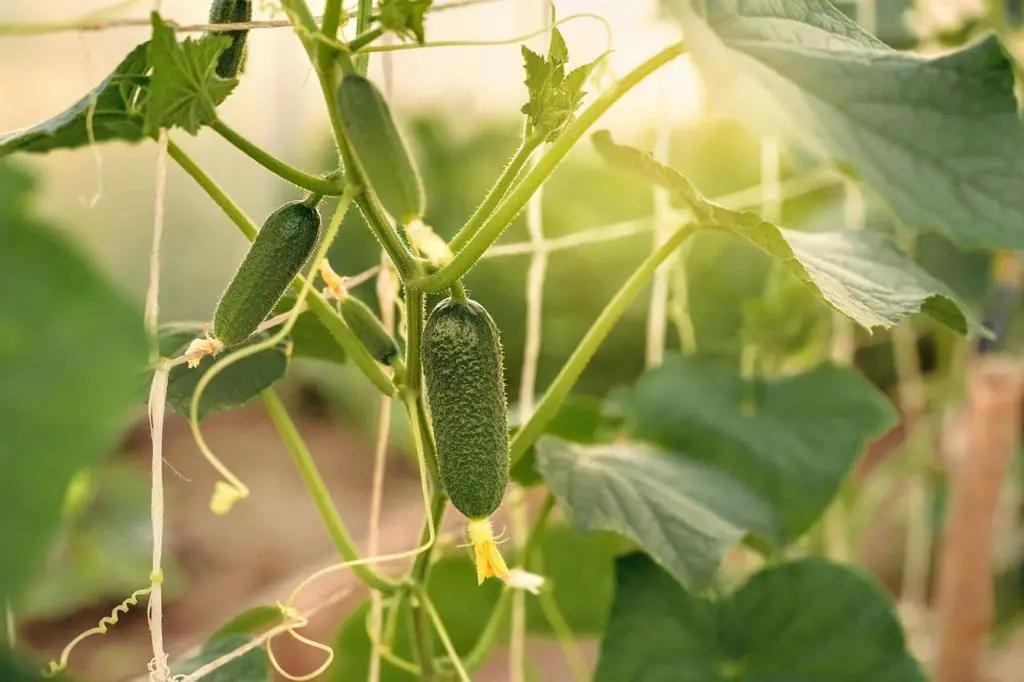
Have you ever wondered if your cucumber plants will keep coming back year after year, giving you an endless supply of crisp, refreshing cucumbers for your salads and sandwiches?
It’s a common question, and the answer may surprise you. Cucumbers are a popular summer crop, with their bright green skin and juicy flesh making them a refreshing addition to any meal.
But they are annual plants, which means that their whole life cycle takes place in one growing season. Once their lifespan is over, they will not regrow or produce fruit the following year.
But don’t worry, this doesn’t mean that you can’t enjoy a bountiful crop of cucumbers each year! Understanding the lifespan of cucumber plants is essential for any gardener, whether you’re a seasoned pro or just starting out.
In this article, we’ll find out if the myth about cucumbers regenerating is true and learn more about how this tasty vegetable grows. From planting to harvest, we’ll provide you with all the information you need to grow a successful crop of cucumbers and enjoy their crisp, refreshing taste all summer long.
So, let’s get started and uncover the secrets of cucumber growth!
Do Cucumbers Grow Back Every Year?
The short answer is no. Cucumbers are annual plants that complete their life cycle in a single growing season. They are typically planted in the spring and harvested in the summer. Once the growing season is over, the plant will begin to die back, and it cannot be regrown the following year.
Even though cucumbers have a short life span, they can produce a lot of fruit during that time. However, once they reach the end of their life span, they will no longer grow or produce.
The lifespan of a cucumber plant is relatively short, lasting roughly 70 days. During this time, the plant will grow, flower, and produce fruit before eventually dying off. Cucumber plants are sensitive to changes in temperature, light, and moisture, and they need regular care and attention to grow and produce as much as they can.
However, no matter how well a cucumber plant is cared for, it will not continue to grow or produce beyond its natural life span.
Once cucumber production ceases, the plant will begin to die back. The leaves and vines will start to turn yellow and wither away, and the fruit will stop growing and eventually rot.
TIPS ![]()
You need to remove dead plant material from the garden to prevent the spread of disease and pests to future crops. While cucumbers may not grow back every year, they can be a rewarding and tasty addition to any garden when properly cared for and harvested during their growing season.
Overview of Cucumber Growth Cycle
Cucumbers are one of the most popular vegetables grown in home gardens and commercially all over the world. They are typically grown as annual plants, which means they complete their life cycle within a year. The cucumber growth cycle can be divided into several stages, including seed germination, vegetative growth, flowering and pollination, and fruit production —harvest.
1. Seed Germination
The seeds need a warm and moist environment to sprout, and typically take between 7 and 14 days to germinate. Once they’ve sprouted, the plant enters the vegetative growth stage. During this stage, the cucumber plant will develop its roots, stems, and leaves.
The leaves are very important to the plant’s growth because they take in sunlight and turn it into energy through a process called photosynthesis. As the plant grows, it will require more nutrients and water to support its increasing size.
2. Vegetative Growth
During this stage, cucumber vines and leaves emerge. When the cucumber vines grow longer and stronger, gently connect them to a stout wooden trellis.
The plant will continue to develop new leaves and tendrils that will wrap around whatever is around for support.
3. Flowering & Pollination
Cucumber plants produce both male and female flowers. Only the female cucumber flowers are the ones that develop into cucumbers. Pollination is important at this stage because it determines how many fruits will grow on the plant. If pollination is not successful, the flowers will wither and die without producing fruit. After pollination, the cucumbers will start to develop and grow, eventually reaching maturity.
4. Fruit Production & Harvest
Pickled cucumbers bear fruit before being sliced, although for a shorter period of time. Pickling cucumbers will produce for two to four weeks, but slicing cucumbers will produce for four to twelve weeks.
Cucumbers must be plucked on time for a cucumber plant to produce as many cucumbers as is feasible. Cucumbers should be plucked while they are still young.
Cucumber Regeneration Myth
The myth that cucumbers grow back every year is persistent, despite the fact that it is not true. This may have started because people didn’t understand how cucumber plants grow or because they mixed them up with gherkins, which are a perennial vine. It’s important to look at where this idea came from to figure out why it’s still around and why it’s not true.
The idea that cucumbers can grow back from death may have come about because cucumber plants grow quickly during their short lives. They make a lot of fruit during their growing season, which made some gardeners think they would keep growing and making fruit year after year.
This belief may have been further fueled by the fact that cucumbers are often grown alongside perennial plants that do regrow each year, leading to confusion and misconceptions.
Another factor that may have contributed to this myth is the confusion between cucumbers and gherkins. Gherkins are a perennial vine that produces small pickling cucumbers. While gherkins do regrow each year, they are not the same as the common cucumber plant. Because these two plants look alike, some gardeners may have thought that cucumbers also come back every year.
Even though the myth that cucumbers can grow back is still around, the truth is that cucumber plants are annuals that only live for one growing season. Once their life span is over, they will not regrow or produce fruit the following year. Gardeners need to know how cucumber plants grow and change over time so they can take care of them properly and pick them at the right time.
By putting an end to this myth and learning how cucumbers really grow back, gardeners can make sure they have a successful and plentiful crop every year.
Can You Encourage Cucumber Regrowth?
Even though cucumber plants are usually grown as annuals, gardeners may want to know if they can make them grow back to get more cucumbers. Unfortunately, once a cucumber plant has produced fruit, it will not grow new fruit on the same stem. However, there are ways to encourage new growth and a continued harvest.
One way to make the harvest last longer is to plant more than one crop of cucumbers during the growing season. Cucumber plants grow quickly, and you can plant more every two to three weeks to make sure you always have fresh cucumbers. This method can work well for gardeners who live in cooler areas where the growing season may be shorter.
Creating the best conditions for growth is another way to keep plants growing and making fruit. Cucumber plants thrive in warm temperatures, and they require plenty of water and nutrients to grow well. Gardeners can help plants grow well by giving them at least 1 inch of water per week and feeding them regularly with a balanced fertilizer.
Finally, pruning can also encourage continued growth and fruit production. By taking off old or damaged leaves, gardeners can use the plant’s energy to help it grow new leaves and produce fruit. Pruning can also help improve air circulation around the plant, which can reduce the risk of disease.


